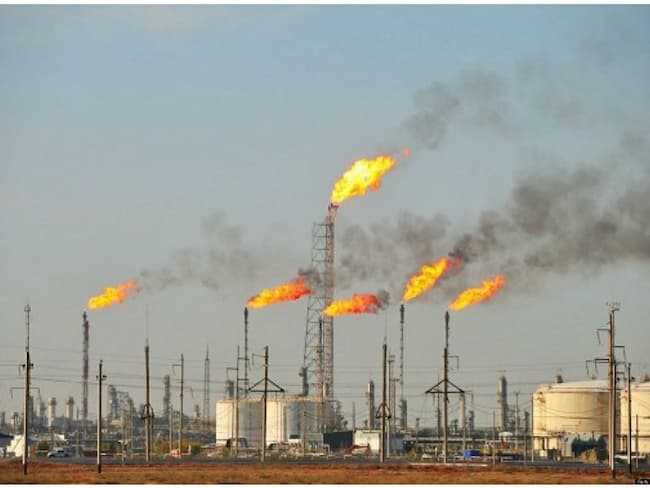According to Gbenga Komolafe, the CEO of the Nigerian Upstream Petroleum Regulatory Commission, the number of oil rigs in the nation has climbed from 11 in 2011 to 30.
He attributed the rise to the NUPRC’s and other government stakeholders’ attempts to instill predictability and trust in the oil and gas sector.
According to Komolafe, the Petroleum Industry Act’s implementation has caused Nigeria to record capital expenditures totaling billions of dollars over the past 2.5 years.
Speaking recently in Lagos following his receipt of The Sun Award, Komolafe stated that since returning to the NUPRC two and a half years ago as one of the organization’s original employees, he and his team have been successfully carrying out their statutory duty, leading to the success stories.
He said, “The country now has about 30 rigs in its upstream oil and gas sector, against 11 active rigs in 2011.
“That is a huge success for us, and you know that rig count is a measure of vibrant activities in the oil industry. We have been able to attract confidence, certainty, and predictability into the industry.
“If you check, we’ve attracted capex going into billions of dollars into the Nigerian upstream. So, gradually, we are happy that we have success stories to tell just in about less than two and half years.”
Komolafe added that the NUPRC had issued over 17 regulations to give meaning to the intent of the PIA. He said those regulations were aimed at ensuring certainty and predictability in the activities of the industry as distinct from what was obtained before the PIA came into effect.
The oil rig count refers to the number of active drilling rigs extracting oil from the ground at a given time. It is an important metric in the oil and gas industry as it provides insight into the level of drilling activity, which can influence oil production levels and market dynamics.














